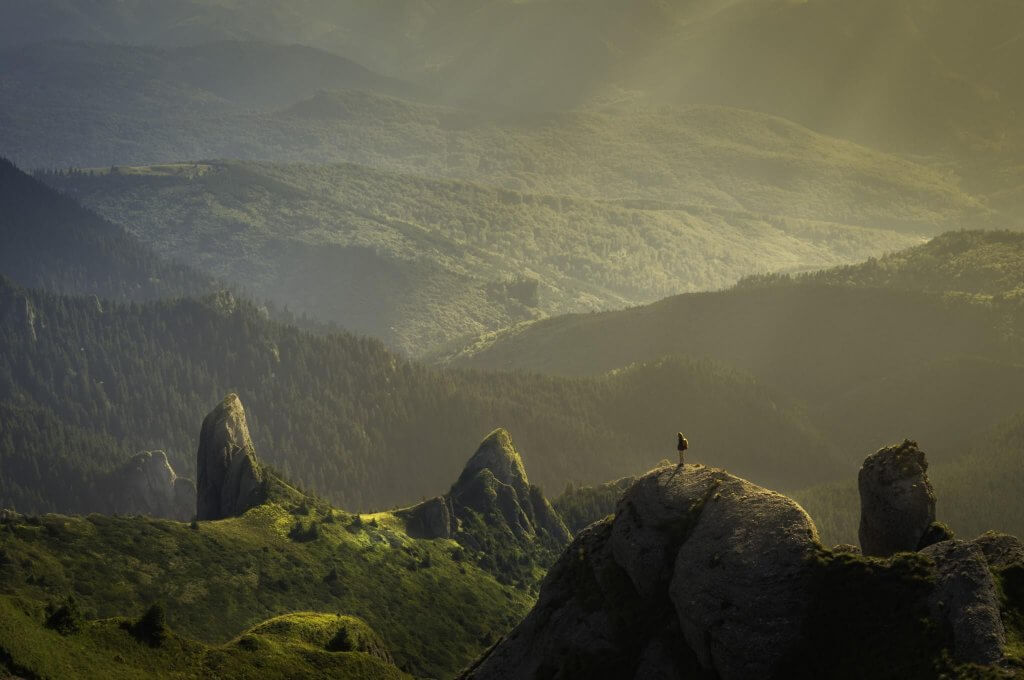
It can be very easy to get lost out in the wilderness and can happen a lot quicker than you might think. You are just enjoying a nice hike through some beautiful woods, when you suddenly realise you are off trail and not sure where you went wrong.
Did you pass that tree stump twice? Did you come from the right? Every plant, bush and tree looks the same!
Although the first thing you will want to do and probably will do will be to panic, once you have gotten that out of your system, do you know what you should do if you are lost in the wilderness?
In the following post we will look at a concise and to the point guide for wilderness survival tips what you should do in this situation.
Start Signalling For Help
Aside from obvious things like try to get service on your phone or tablet, if you have either with you, you need to find a clearing that can be seen from the sky, sea or from lower ground (it really depends whereabouts you got lost).
Look for anything you can that could be used to create large letters with, such as rocks, twigs and branches. Use whatever you can to make SOS.
It is also a good idea to use anything with bright colours and hang them from a tree. Things like a sports bra, bandana – essentially anything that is likely to attract someone’s attention.
Build A Fire
If time is passing by rapidly, you need to start thinking about building a fire, to stop you getting cold if a rescue party is delayed and the sun starts to come down. You don’t have to be Bear Gryls or Ray Mears to start a reasonable enough fire.
If you have any paper, you can use this as kindling with some dry twigs too. Use matches or a lighter, if you have them, to start the fire and then add anything green to the fire that you can find.
Green leaves are perfect for a fire when you are lost as they produce a white, thick smoke that will be much easier to spot.
Find Shelter
It’s common sense, but if you can you need to find shelter underneath hanging rocks or in a cave. However, if you cannot find a suitable location, you will need to see what materials you have that you could use to build a makeshift teepee.
Large leaves, sleeping bag overs and garbage bags can all be used to protect you from the elements. If you are concerned about wild animals you know are in the area, you need to built a shelter in a tree, though this is perhaps a lot trickier than you would want to attempt.
Try, if you can, to halfway up if you are on a peak, as cold air settles in valleys and the wind is much stronger.
Keep Warm
Your biggest enemy when lost in the wilderness, is hypothermia. Even during summer, the temperatures take a drop after the sun goes down. You need to be aware and be aware in case you start to feel any numbness or tingling in your limbs.
At this point it is imperative you build a fire you will be able use to stay warm. Look carefully through your backpack or whatever supplies you have and find as many warm clothes as you can and layer up before nightfall.
If you want to take an extra precaution to keep you warm and dry through the night, cut a hole around 3 inches in size in the bottom of your garbage bag and slide it over your head.
Stay Where You Are
Although you may be tempted to try and find your own way out, you should stay exactly where you are. The more you change your location and keep moving, the harder it will be for anyone to find you.
Before you leave for your trip, it is recommended you tell someone exactly where you are going and how long you intend to be there. Then if you are not home at a specific time, people will know something is wrong and start searching for you.
Obviously, no-one wants to find themselves lost in the wilderness, but it can happen. Preparation is the best way to ensure you come out alive and in good health.
Before taking any trip into the wilderness, it is vital that you make sure you pack correctly, dress correctly and that someone else knows your full itinerary, even if you are not travelling alone.
Remember, it is best to stay on marked trails or use your own markers when you wander off the path.
